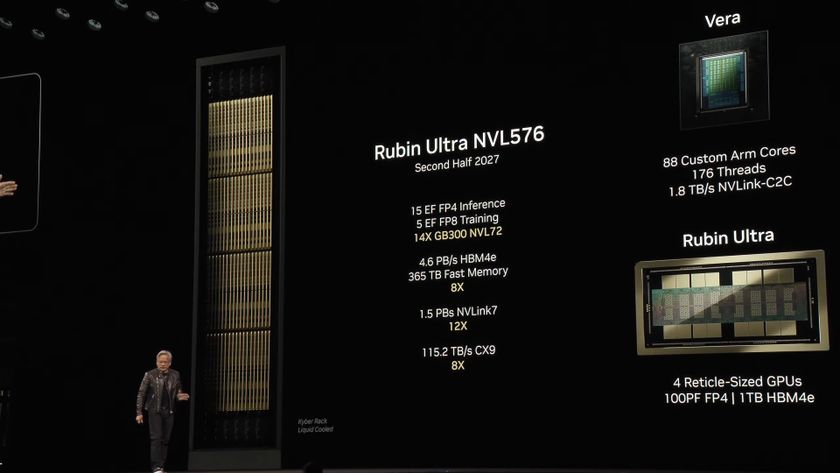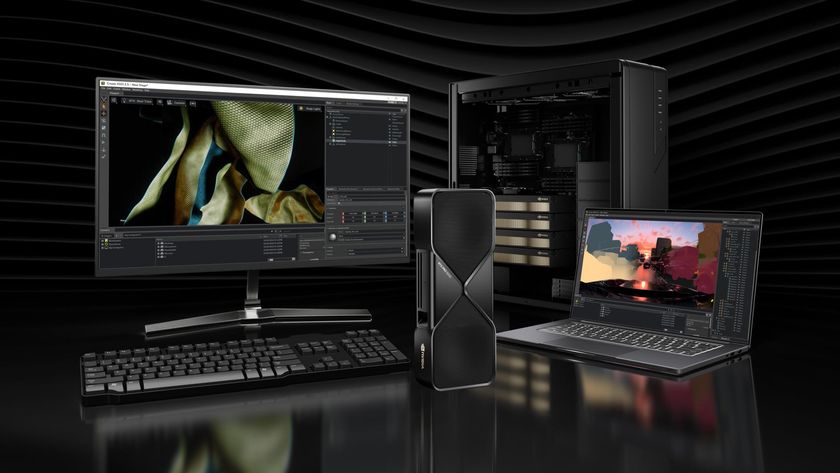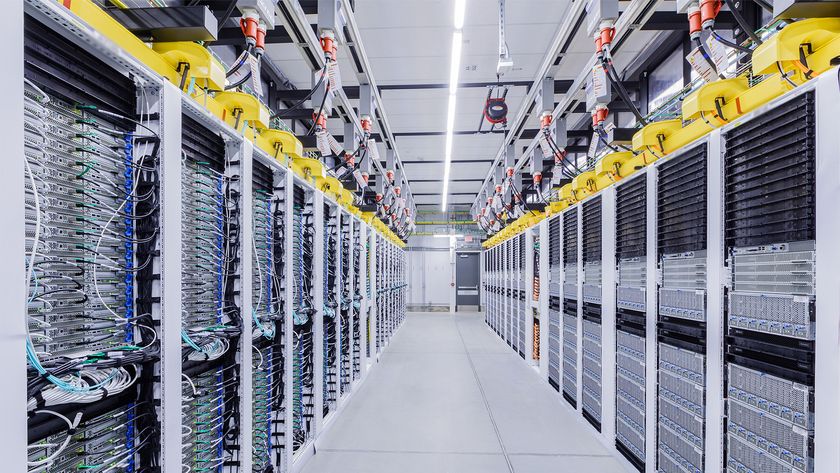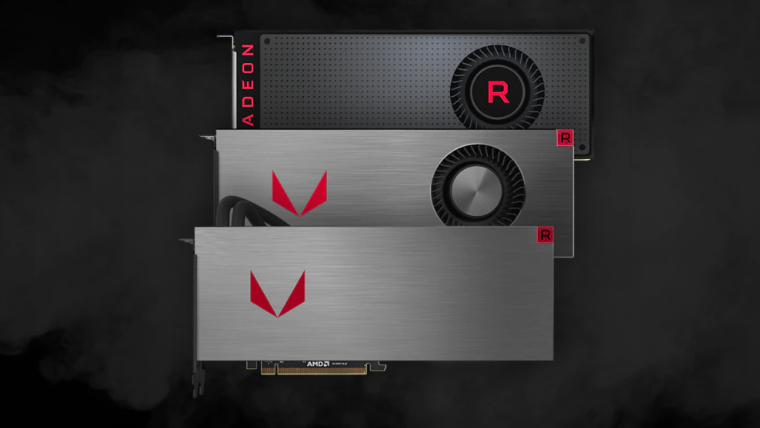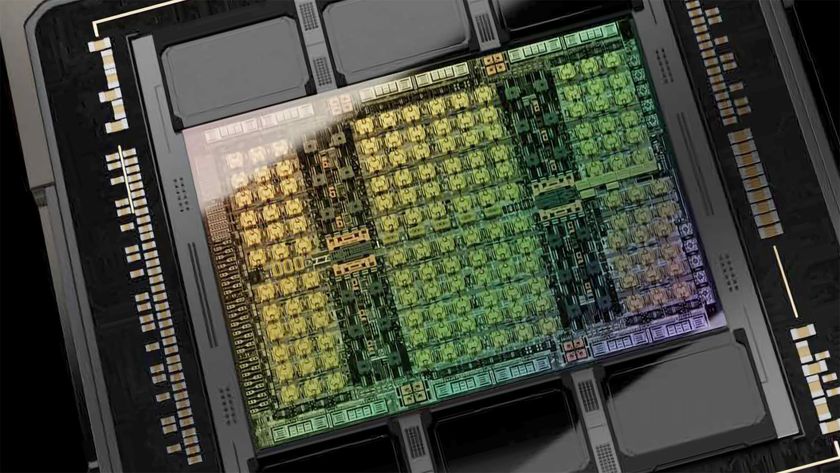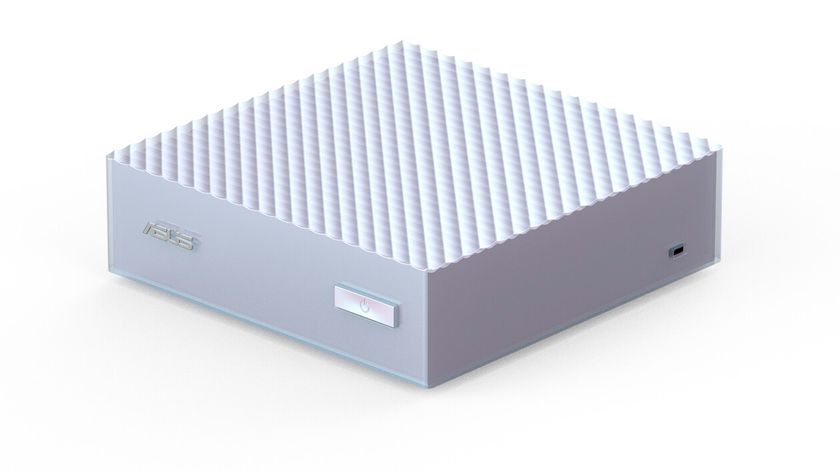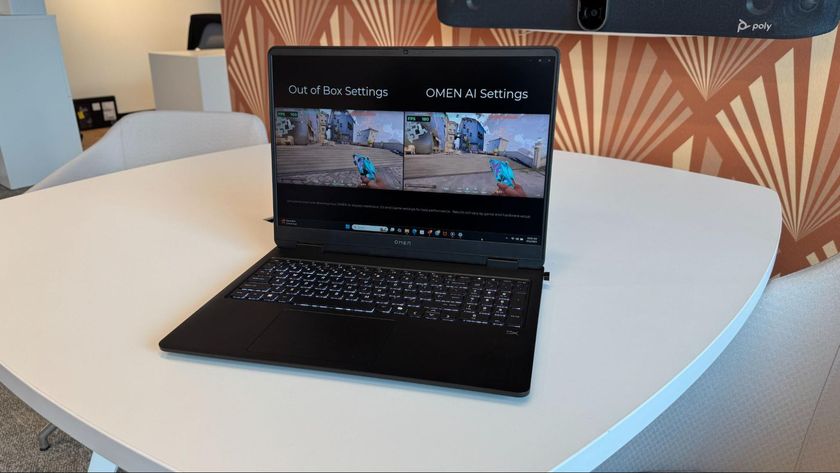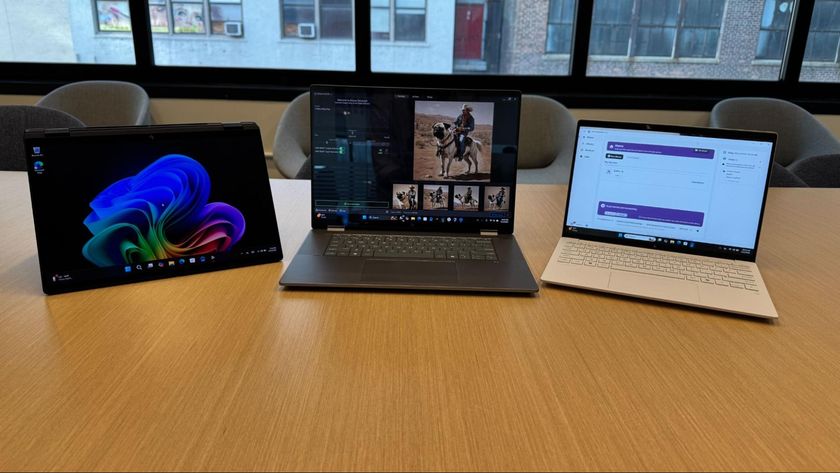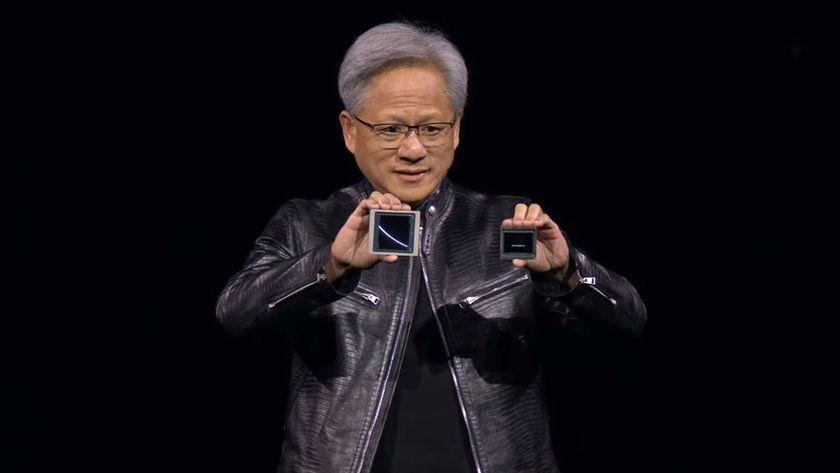AMD Has Its Own Ray-Tracing Technology
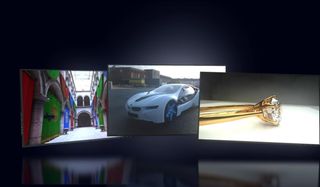
AMD announced widened support for Radeon Rays, its GPU accelerated ray-tracing developer software.
Formerly known as AMD FireRays, Radeon Rays 2.0 is targeted at content developers who want to utilize high-performance ray-tracing capabilities with AMD GPUs, CPUs, and APUs via asynchronous compute. Unlike Nvidia’s RTX ray-tracing technology, which runs on Microsoft’s DirectX Raytracing API, Radeon Rays is open source and conforms to the OpenCL 1.2 standard, so it could be deployed with non-AMD hardware and on multiple OS environments.
Whereas Nvidia seems to be poised to launch real-time ray-tracing in games within this year (despite currently limited GPU support for RTX), Radeon Rays is still very much a developer tool. However, AMD is on the same path with its new ProRender release, which now supports real-time GPU acceleration of ray-tracing techniques mixed with traditional rasterization-based rendering and is now built on the Vulkan 1.1 API, which is fully supported by GNC-based AMD GPUs with the latest Radeon Software Adrenalin Edition driver.
Radeon Rays 2.0 is available now at no cost, and developers can download the latest version of the SDK from GitHub.
Stay On the Cutting Edge: Get the Tom's Hardware Newsletter
Get Tom's Hardware's best news and in-depth reviews, straight to your inbox.
-
mihen AMD has had real-time ray tracing demos since 2006. It's just nVidia being late to the game claiming themselves as being innovators.Reply -
photonboy Redgarl,Reply
Open source and proprietary code both have their PROS and CONS. NVidia isn't worse by having proprietary code nor is AMD better for having open source.
Ideally we don't have walled gardens, however one unfortunate truth people conveniently ignore is that some things don't happen (at least not as quickly) without some INVESTMENT for which a company expects to be compensated.
Look at asynchronous monitors (i.e. GSYNC). Fricking awesome and pushed completely by NVidia at first with AMD doing a "me too" attempt which in many cases is quite bad.
Mihen,
What are you even talking about?
Having some demos in 2006 is a far cry from having an actual in-game product that DX12 can incorporate.
(not that you know all the code NVidia actually has anyway but they've been developing ray-tracing since roughly the same time as AMD)
How is NVidia "late to the game" if we get a new game with ray-tracing that only works with NVidia cards? -
ZRace @Photonboy: Despite your impression, Freesync had far more success until now compared to GSync. So I wonder how it can be so bad ;)Reply -
nikolajj Reply20813441 said:@Photonboy: Despite your impression, Freesync had far more success until now compared to GSync. So I wonder how it can be so bad ;)
Is bad in many cases. Not this one :)
I do like universal standards tho (imagine not having USB). I would love variable refresh rates to be univertal and not be GPU vendor locked by my monitor!
Freesync is cheeper and open (if just nvidia used it). But Nvidia's implementation is better, winning in blind test and with a more consistent high quality. -
ZRace Reply20813619 said:But Nvidia's implementation is better, winning in blind test and with a more consistent high quality.
I wonder what you're basing this on. All the reviews I read said there wasn't a noticeable difference between both technologies. The only differences I know of (apart from G-Sync being more expensive) is that it's more standartized, meaning that all G-Sync monitors will have low response times and cover a certain Hz range, while Freesync has both monitors with low and high response times, and different Hz ranges on each model...? -
Lucky_SLS Unlike Nvidia, even the older Radeon cards will work with Ray tracing with minimal performance loss. the render performance of Radeon cards in Vegas pro, primer pro are much better than the recent gtx cards.Reply

